Grocery Guides
20 Different Types of Grains and How to Use Them
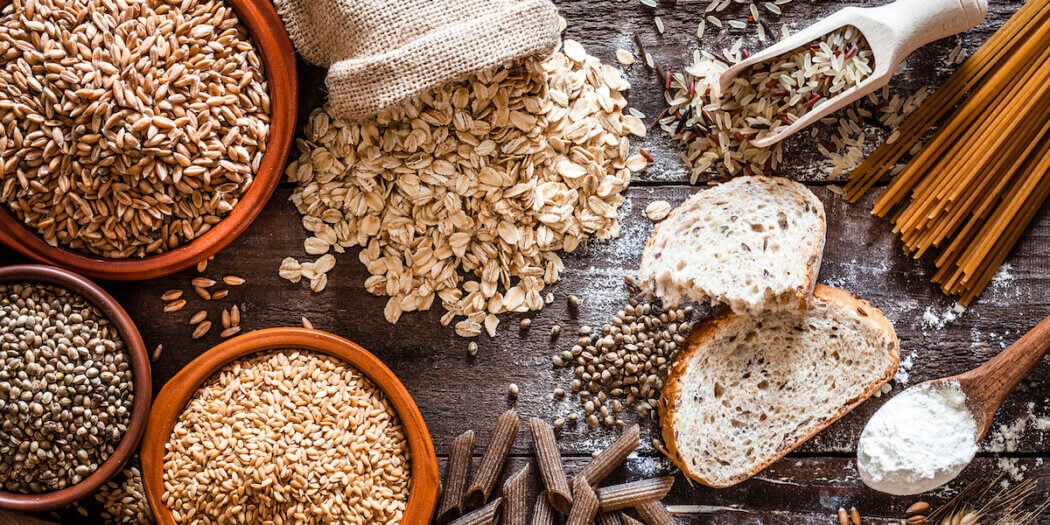
Grains are the staple foods of most populations across the world. This is because they are fairly easy to cultivate and store well. In addition, grains provide essential nutrients such as carbohydrates, proteins, and some minerals.
Most popular types of grains to eat
Cereal grains, or true grains, are the edible seeds of grasses that belong to the Poaceae family, also known as the Gramineae family. These include barley, corn, oats, rice, and wheat.
1. Wheat
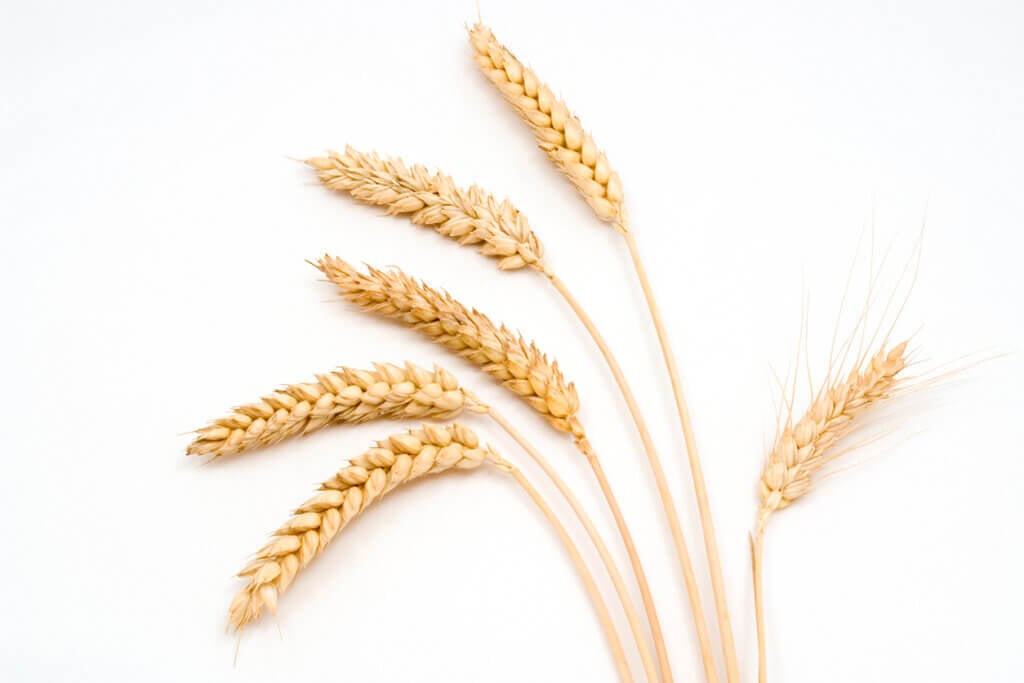
Because of its diverse culinary applications, wheat is one of the most popular grains worldwide. Wheat has a high gluten content. Gluten is the protein found in wheat, and other grains, that lends wheat products their elasticity. Therefore, wheat flour is a firm favorite for baking applications. Wheat flour can be used to make bread, pasta, pastries, and cakes.
2. Rice
Rice is the most widely-eaten grain in the world. The most commonly consumed types of rice are: Basmati, Jasmine, white, brown, long-grain, and wild rice. Rice is ideal with a Sunday roast to soak up all the gravy or as a side to a spicy stir-fry. Italian short-grain rice, Arborio, is used to make risotto.
3. Corn
Corn, also known as maize, is one of the sweetest tasting grains. In its immature form, it is consumed as a vegetable – corn on the cob. Once the corn matures and dries out, it is used like grain to make foods like breakfast cereals and tortillas.
Corn is most often sold in its refined form. In other words, the corn is degermed and ground into cornmeal. Examples of cornmeal products include popcorn, grits, polenta, masa, corn tortillas, and cornbread.
Types of whole grains
What is the difference between whole grains and refined grains? Whole grain refers to the fact that the grain has been minimally processed. It still comprises the endosperm, the germ, and the bran layer. Refined grains consist of only the endosperm.
1. Oats

Oats are one of the oldest cultivated grains. Producers seldom remove the bran and germ from the grain, so oats are most often consumed as a whole grain. Oats are most commonly eaten for breakfast, cooked as porridge. They can also be used to make granola, cereal bars, muffins, cookies, and other baked items.
2. Barley
Barley has a lower gluten content than wheat so not as well suited for baking leavened products. Barley is more commonly used for flatbreads and making porridge. Pearled barley is made by removing the outer two layers, so it is technically not a whole grain. Add barley to soups and casseroles to bulk them up and add nutritional value.
3. Rye
Rye grows well in colder, harsher climates. It is, therefore, widely used in breadmaking in Northern Europe and Russia. Rye bread is denser than wheat flour bread because rye has less gluten.
4. Buckwheat
Buckwheat is not a true cereal. It is a fruit related to rhubarb. The pyramid-shaped seeds are harvested and used whole as a Russian side dish (kasha). Or ground and used to make buckwheat pancakes, soba noodles, or pierogi.
5. Bulgur
Bulgur is the main ingredient in tabbouleh salad and kibbeh meat patties. Bulgur is the pre-cooked, dried, and ground kernels of wheat (usually durum).
Types of ancient grains
Ancient grains are a group of cereals and pseudo-cereals that have stayed mostly unchanged over the last few centuries. In recent years, ancient grains have become more popular in Western culture. This is because they are usually less processed. In addition, they are often more nutrient-dense than mass-produced types of grain.
1. Amaranth
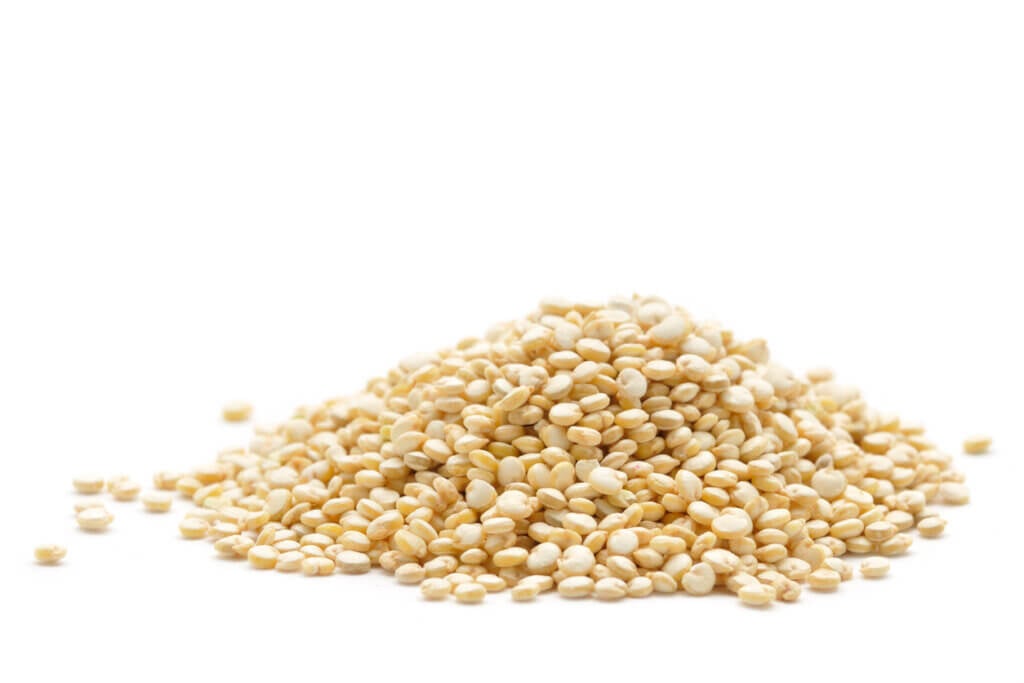
Amaranth is a pseudo-grain as it does not belong to the Poaceae family. Because it does not contain gluten, amaranth is safe for those who have celiac disease and has gained popularity in gluten-free baking. Amaranth is a complete protein. This means that it contains all nine essential amino acids.
2. Quinoa
Quinoa is used in the same way and is nutritionally similar to other grains. However, it is also a pseudo-cereal. Quinoa is a small, round grain that looks like a sesame seed. The most readily available type of quinoa is light in color. Black, purple, and red quinoa are also available. Quinoa is an excellent source of plant-based protein as it contains all essential amino acids, including lysine. Quinoa can be included in breakfast bowls, salads, and side dishes.
3. Khorasan wheat (Kamut)
Khorasan wheat is a high-fiber, nutrient-dense grain. Kamut grains are two to three times larger than wheat grains. They are ideal as an addition to soups, casseroles, and salads.
4. Spelt
Spelt flour was the most popular type of wheat flour until industrialization. High-protein spelt flour can be used for baking bread and making pizza bases. It is also a good addition to grain salads.
5. Freekeh
Freekeh is ordinary durum wheat that is processed slightly differently. Freekeh is harvested when the grain is still immature and green. Grains are then roasted for additional flavor. Freekeh is often sold in its cracked form for quicker cooking.
6. Farro
Farro is a nutty, hearty grain that can be used whole, pearled, or semi-pearled. Combined with legumes, it forms a complete protein, making it ideal for vegans and vegetarians.
7. Teff
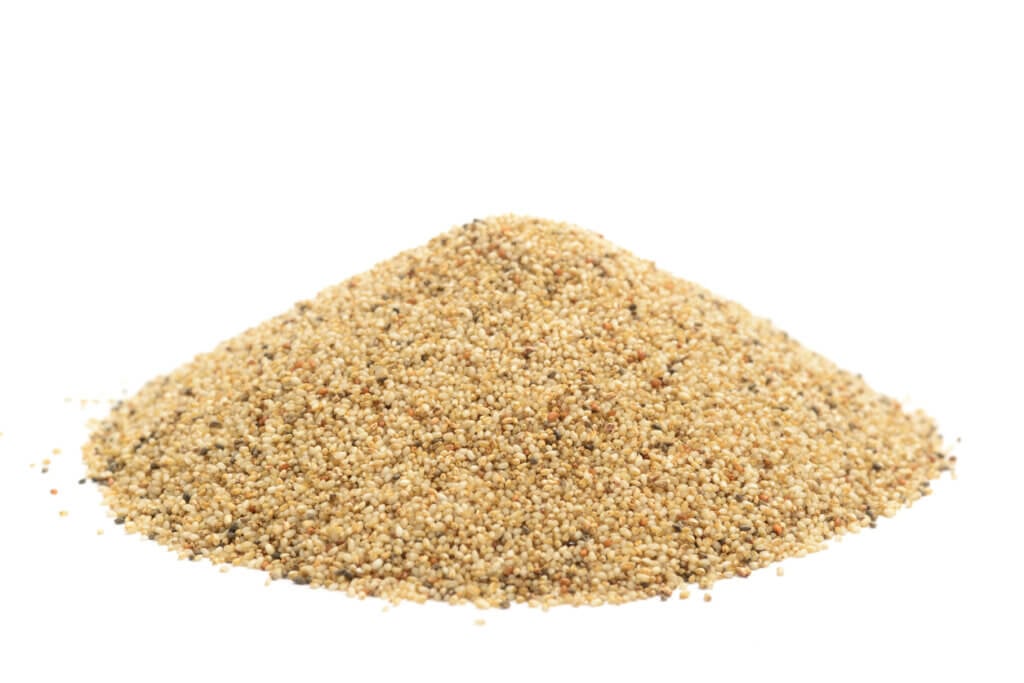
Teff is gluten-free and has a molasses-like flavor. These tiny grains are usually used whole as they are too small to be milled.
8. Sorghum
Sorghum is a gluten-free grain that looks similar to corn but is slightly smaller. Sorghum can be popped to make Indian jowar dhani. Ground sorghum can be used to make porridge and baked goods.
9. Millet
Before rice gained popularity, Millet was the most widely consumed grain in Asia. It is a tiny, gluten-free grain. Millet can be used to make porridge or fritters. Ground millet is used to make roti and chapatis.
10. Fonio
Fonio is a type of millet. It is widely used in West African cooking. It can be cooked as a porridge or ground for tasty, gluten-free baked goods.
11. Einkorn
Einkorn is German for “one kernel.” Most likely the first type of wheat to be cultivated. Einkorn is higher in nutrients than modern wheat. It can be used in grain salads or added to soups and stews. Ground whole einkorn may be used for bread baking.
12. Wild rice
Wild rice is the seed of a marsh grass (Zizania) native to North America. Wild rice is not related to brown rice and contains more fiber and protein. Use it as a side or to make wild rice salad.
Shop different types of grains
Whether you want to buy wheat flour to whip up a batch of muffins or farro to make a grain salad, purchase your grains with the convenience of Instacart. Order your groceries online and have a dedicated shopper prepare your order for pick-up or delivery. Make sure to check out our grams to cups calculator to ensure you have the perfect measurement every time.
Grab it now on Instacart:

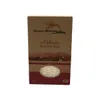



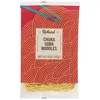

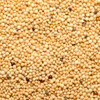


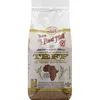



Most Recent in Grocery Guides

Grocery Guides
15 Tasty Ice Cream Alternatives: Yogurt, Shaved Ice & More
Ice cream has been a beloved treat for generations. With its rich flavors and smooth texture, it’s no wonder people choose ice cream when looking for dessert. However, as dietary restrictions and health consciousness evolve,…...
Apr 10, 2024![When Is Artichoke Season? [Recipes + Guide]](https://www.instacart.com/company/wp-content/uploads/2024/03/when-is-artichoke-season-hero-447x224.webp)
Grocery Guides
When Is Artichoke Season? [Recipes + Guide]
Quick Answer When is artichoke season? In North America, artichoke season is from March to May, with smaller batches in October. Artichokes are a unique and versatile vegetable known for its tender heart and delicate…...
Mar 6, 2024
Grocery Guides
Brown Eggs vs. White Eggs: How Are They Different?
Eggs are an essential ingredient in many sweet and savory recipes. The possibilities are endless when it comes to using these protein-packed powerhouses — you can scramble, fry, boil or poach eggs, or you can…...
Feb 24, 2024

 Squash – All You Need to Know | Instacart Guide to Fresh Produce
Squash – All You Need to Know | Instacart Guide to Fresh Produce  Ghost Pepper – All You Need to Know | Instacart Guide to Fresh Produce
Ghost Pepper – All You Need to Know | Instacart Guide to Fresh Produce  Sprouts – All You Need to Know | Instacart Guide to Fresh Produce
Sprouts – All You Need to Know | Instacart Guide to Fresh Produce 

